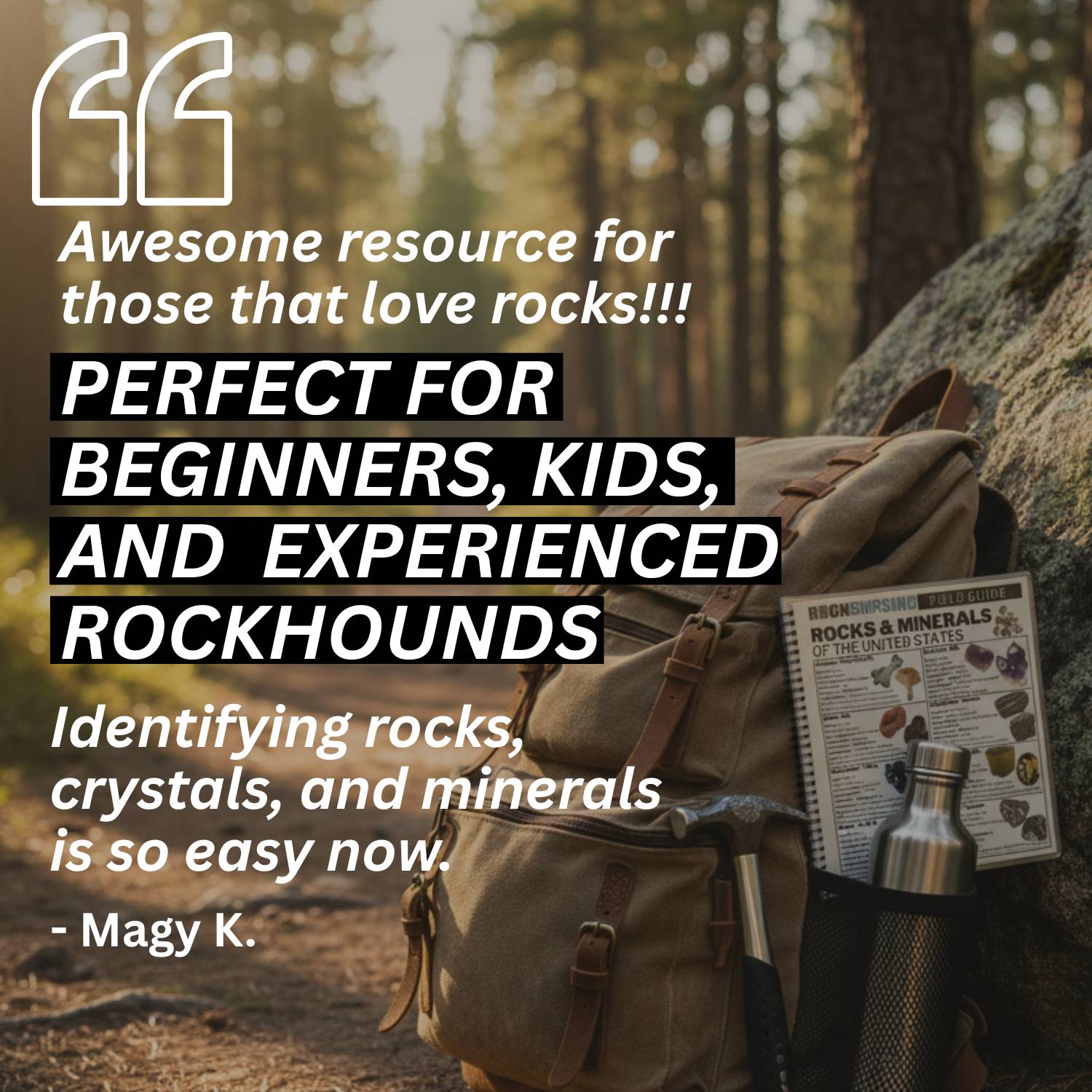Arizona is one of the best places in the country to search for agates, and rockhounds travel from all over to hunt for its colorful treasures. Agates in Arizona form inside old lava flows and in the dry desert soil, creating amazing bands of red, orange, yellow, and white.
Some sparkle with crystals inside while others show swirling patterns that look like tiny works of art.
The thrill comes from never knowing what you might find on your next trip. From the wide open deserts near Quartzsite to the rocky hills and dry washes around Phoenix and Tucson, agates can be spotted in many different places. With a little patience and the right eye, anyone can uncover beautiful specimens to add to their collection.
Grab your gear and get ready to explore, because Arizona offers some of the most exciting agate hunting adventures you will ever experience.
What is Arizona Agate?
Blue Lace Agate
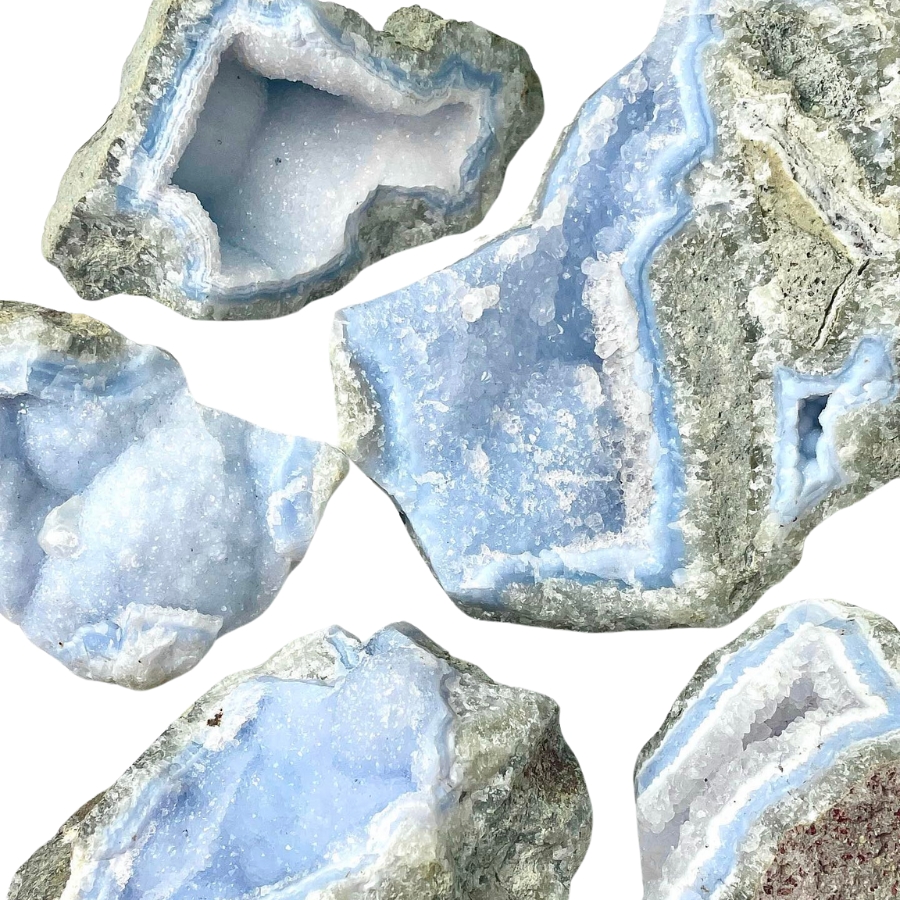
Blue lace agate is like the soft, sky-blue waves with lines that swirl and twist like delicate lace.
Its pattern comes from slow-forming layers of quartz, which create those beautiful, lace-like bands.
The bands of this agate type are often in shades of light blue, white, and sometimes a bit of grey. It’s different from other agates, which usually have more intense colors and stronger patterns.
The value of blue lace agate lies in its soft, tranquil look and the feeling of calm it brings. It’s often used in jewelry or as a decorative stone.
If you want REAL results finding incredible rocks and minerals you need one of these 👇👇👇
Finding the coolest rocks in isn’t luck, it's knowing what to look for. Thousands of your fellow rock hunters are already carrying Rock Chasing field guides. Maybe it's time you joined the community.
Lightweight, mud-proof, and packed with clear photos, it’s become the go-to tool for anyone interested discovering what’s hidden under our red dirt and what they've already found.
Join them, and make your next rockhounding trip actually pay off.
What makes it different:
- 📍 Find and identify 140 incredible crystals, rocks, gemstones, minerals, and geodes across the USA
- 🚙 Field-tested across America's rivers, ranchlands, mountains, and roadcuts
- 📘 Heavy duty laminated pages resist dust, sweat, and water
- 🧠 Zero fluff — just clear visuals and straight-to-the-point info
- ⭐ Rated 4.8★ by real collectors who actually use it in the field
Moss Agate
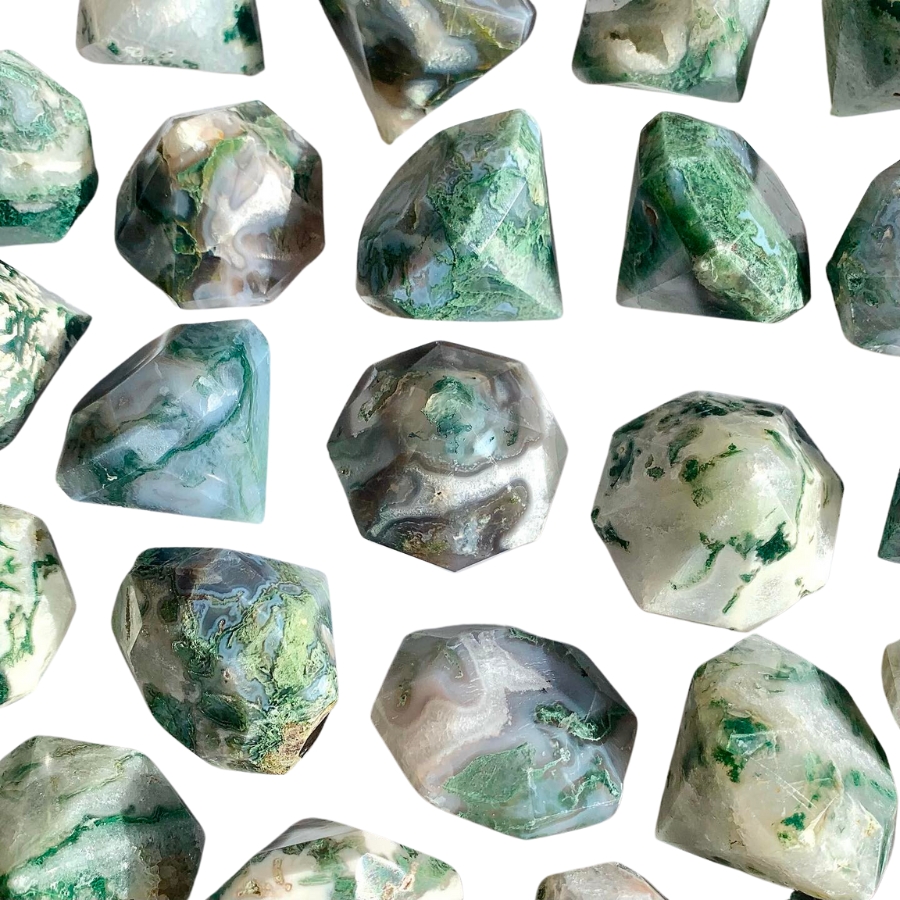
Instead of having the typical banding for which the different types of agates are known, moss agate has green inclusions that look like moss or trees.
These green patterns aren’t real plant material, though. They’re minerals like chlorite or iron oxide.
In some cultures, this type of agate is known as the “gardener’s stone” because of its green, plant-like appearance. It’s believed to help plants grow.
The price of moss agate can vary. It’s often quite affordable, but the more distinct and picturesque the green patterns, the more it might cost.
Fire Agate
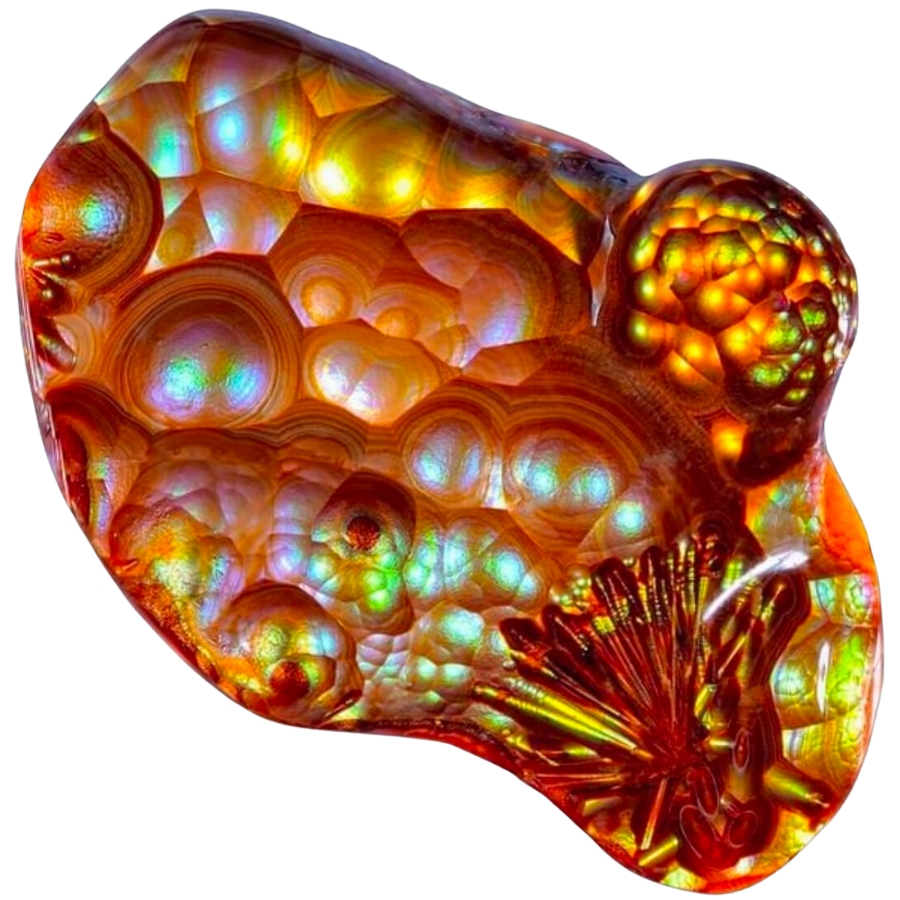
Fire agate is known for its incredible colors and the way it sparkles like fire. It’s got layers of silica and iron oxide that reflect light, creating a fiery effect.
When you look at fire agate, it’s like seeing flames trapped inside. Its colors can range from reds and oranges to greens and golds, all shimmering under the surface.
You might be wondering, “What is fire agate worth?” Well, its value comes from its rare beauty. The more color and sparkle, the more valuable the stone is.
Its fiery iridescence and lively play of color are used in jewelry pieces that are meant to stand out.
Dendritic Agate
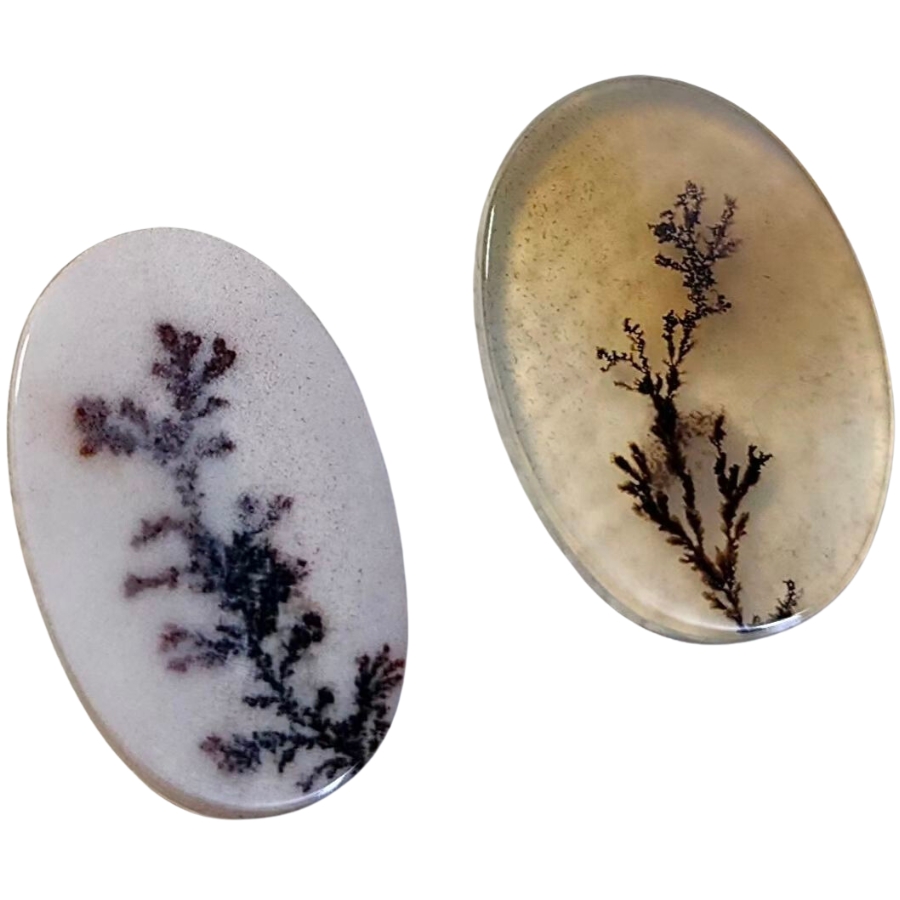
Dendritic agate is known for patterns that look like tiny trees or shrubs. Like moss agate, these patterns aren’t actual plants. They’re made of minerals, mostly manganese or iron oxides.
When you look at a dendritic agate, it’s like peering into a miniature forest or a frosty winter landscape.
The base of the stone is usually translucent to opaque, and the “dendrites”— those tree-like patterns— are often black or brown.
When it comes to how much dendritic agate is worth, it can vary. The more detailed and distinct the patterns are, the more it’s usually valued.
In some cultures, dendritic agate is believed to bring fullness and richness to life.
Crazy Lace Agate
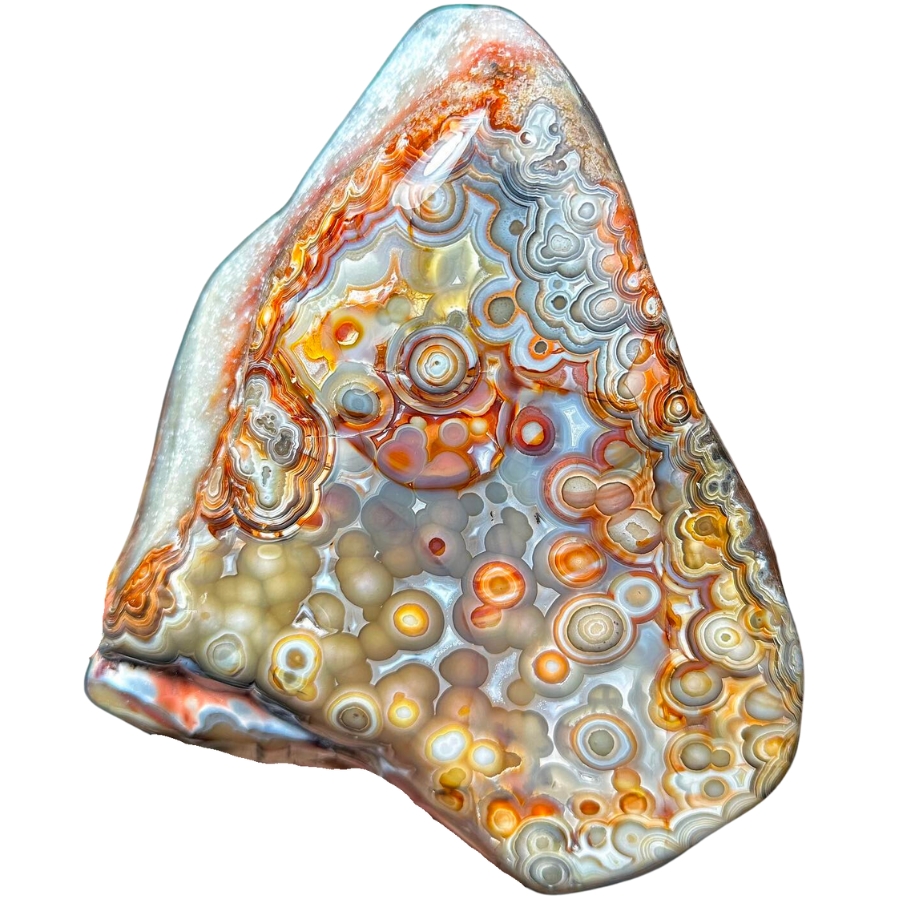
Crazy lace agate is like a party in a rock! It’s got swirls, circles, and all sorts of wild patterns dancing across it.
Its colors can be a mix of red, orange, yellow, and brown, and sometimes even a bit of gray or white.
What makes crazy lace agate stand out is its vibrant and complex patterns. No two pieces are the same. This distinctiveness is a big reason why it’s so valued.
Despite its wild and ‘crazy’ appearance, it’s sometimes called the “Laughter Stone” or “Happy Lace” because of the joy and positive vibes it’s believed to bring.
Laguna Agate

Laguna agate has incredibly sharp and fine banding. It has layers of red, orange, pink, yellow, and sometimes even purple and white all stacked in neat, tight bands.
These bands can form eye-catching patterns, like swirls, loops, and even landscapes.
The different colors of its bands come from various minerals present in the water at the time of its formation.
Laguna agate is considered one of the finest agates in the world due to its exceptional banding. This high regard among agate varieties makes it a prized possession for collectors.
Condor Agate

Condor agate is a real standout. It’s known for its bright, vivid colors and complex patterns.
It has reds, oranges, yellows, and sometimes even blues and greens all swirling together. These colors form in bands or in more random, artistic patterns.
The intensity and variety of its colors is what makes condor agate so special. It’s often used by artists and craftsmen who want to make a statement with their work.
Condor agate’s bold colors and patterns can turn a simple piece of jewelry or art into something really eye-catching.
Fortification Agate (Banded Agate)
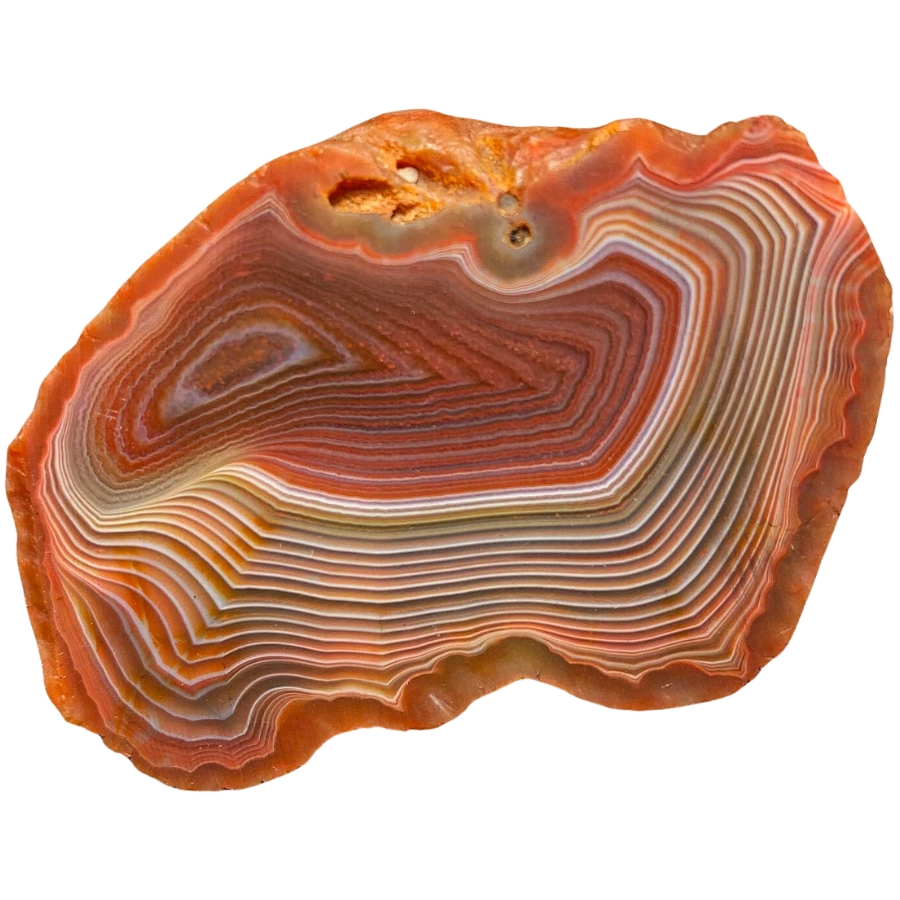
Fortification agate gets its name because the patterns inside it look like the aerial view of a fortified city.
Imagine seeing bands of color forming shapes that look like walls, with sharp angles and curves. They are usually in different colors, making each layer stand out.
If fortification agate is valuable, it’s because of its distinct patterns and colors. Its unique look makes it sought after for jewelry and as a collector’s item.
The clearer and more defined the patterns, the more valuable the stone can be. Some people also believe it can help with relaxation and calmness.
Iris Agate
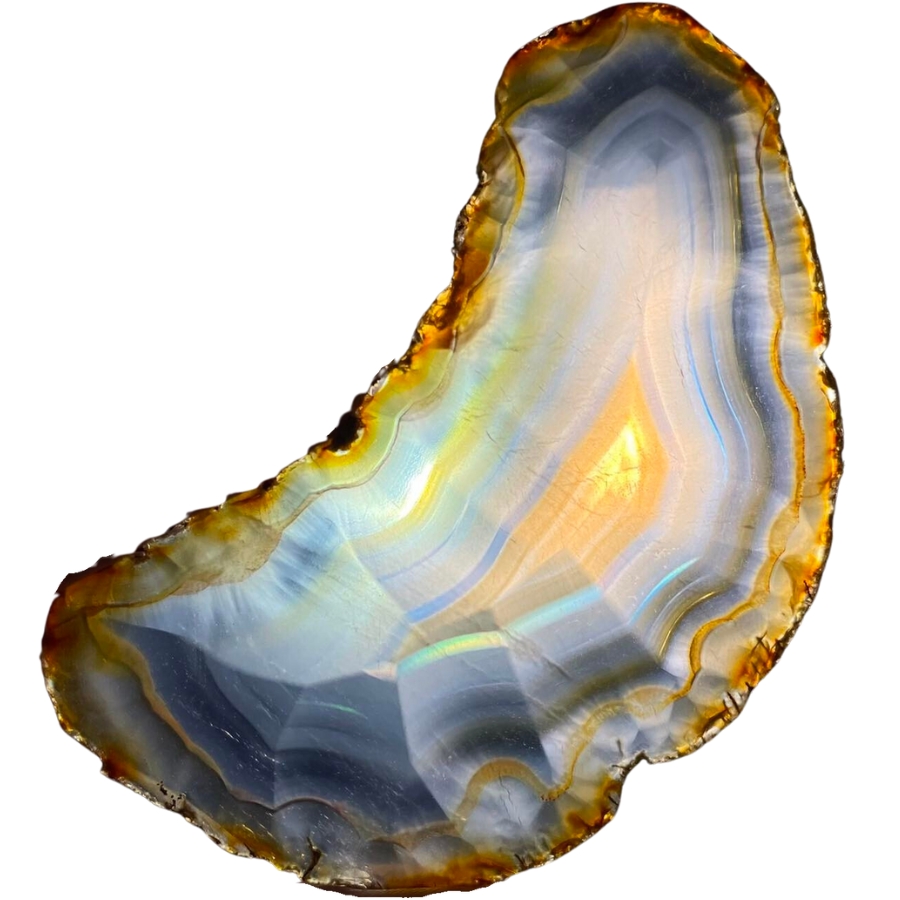
Iris agate looks like a regular agate at first, but when you hold it up to the light, something amazing happens. It shows all these rainbow colors, like light passing through a prism.
This is because it has very thin layers of silica, and when light hits these layers, it splits into all the colors of the rainbow.
The formation of iris agate is similar to other agates, but its layers are super thin, which is what creates the rainbow effect.
The value of iris agate comes from its unique ability to show these colors. In the past, people even used to think it had magical properties because of the way it showed colors. They saw it as a stone of good luck and wonder.
Plume Agate
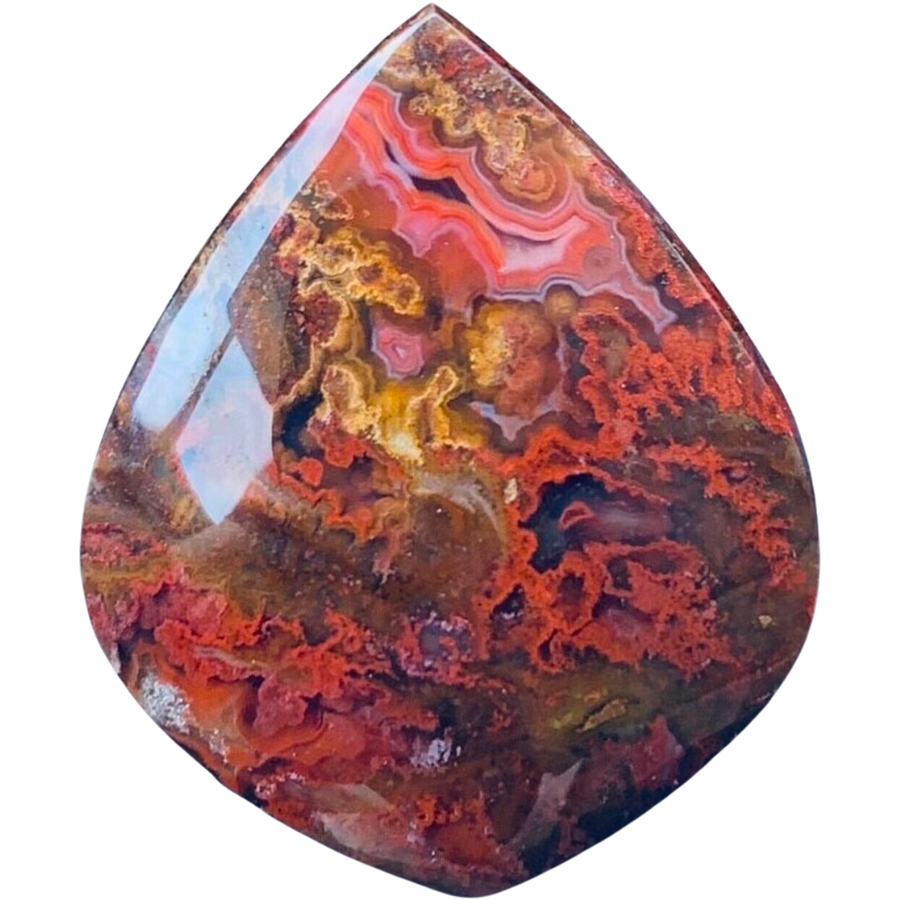
Plume agate gets its name from its patterns that look like soft, feathery plumes. These plumes can be in all sorts of colors: red, black, green, or yellow, set against a translucent or opaque background.
The way these plumes seem to float in the stone makes it look like a frozen underwater scene or like feathers caught in a breeze.
The plumes are made of minerals like manganese or iron oxide, which get trapped in the silica during the agate’s formation and create the feathery patterns.
The price of plume agate can vary depending on how clear and intricate the patterns are. The more detailed and colorful the plumes, the more the stone is usually worth.
Picture Agate (Scenic Agate)
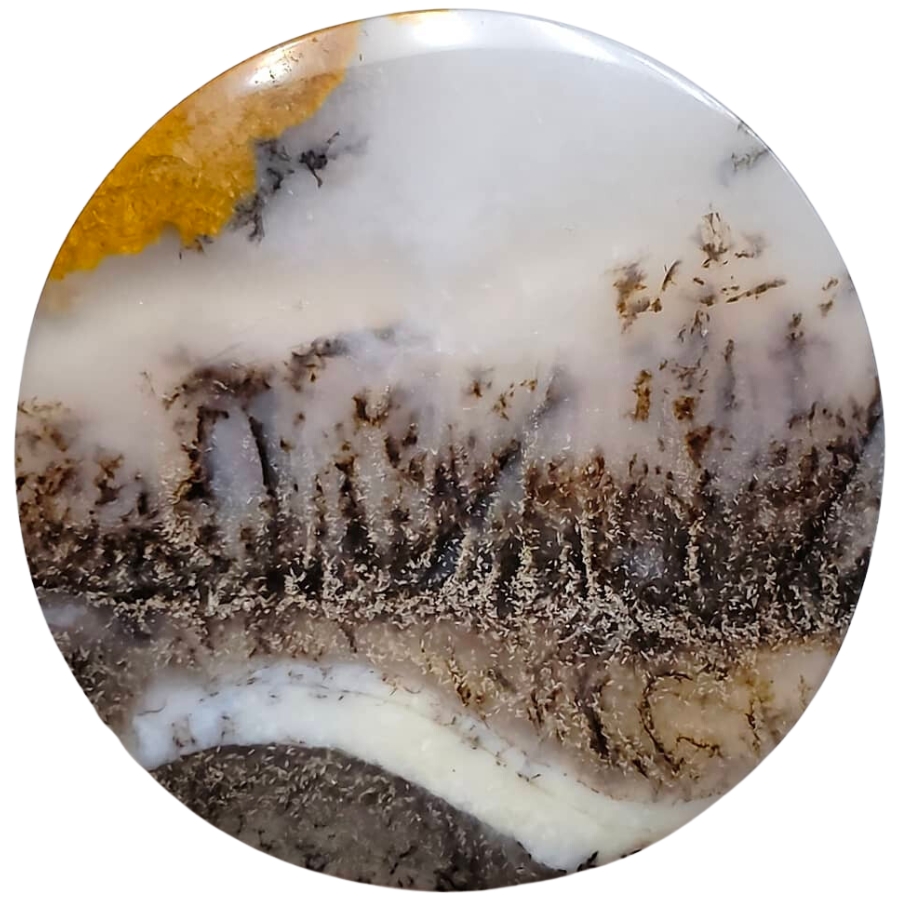
Picture agate is like a snapshot of nature captured in stone because it looks like it has pictures or scenes right inside it.
These “pictures” are actually natural patterns that resemble landscapes, mountains, trees, or even skies. They are usually in different shades of brown, white, and gray against a more translucent background.
The different patterns in picture agate or what’s also called scenic agate are made by various minerals in the water filled with silica that forms it.
If you’re thinking, “What is picture agate worth?“, its value comes from how distinct, clear, and detailed the natural “pictures” are.
Turritella Agate
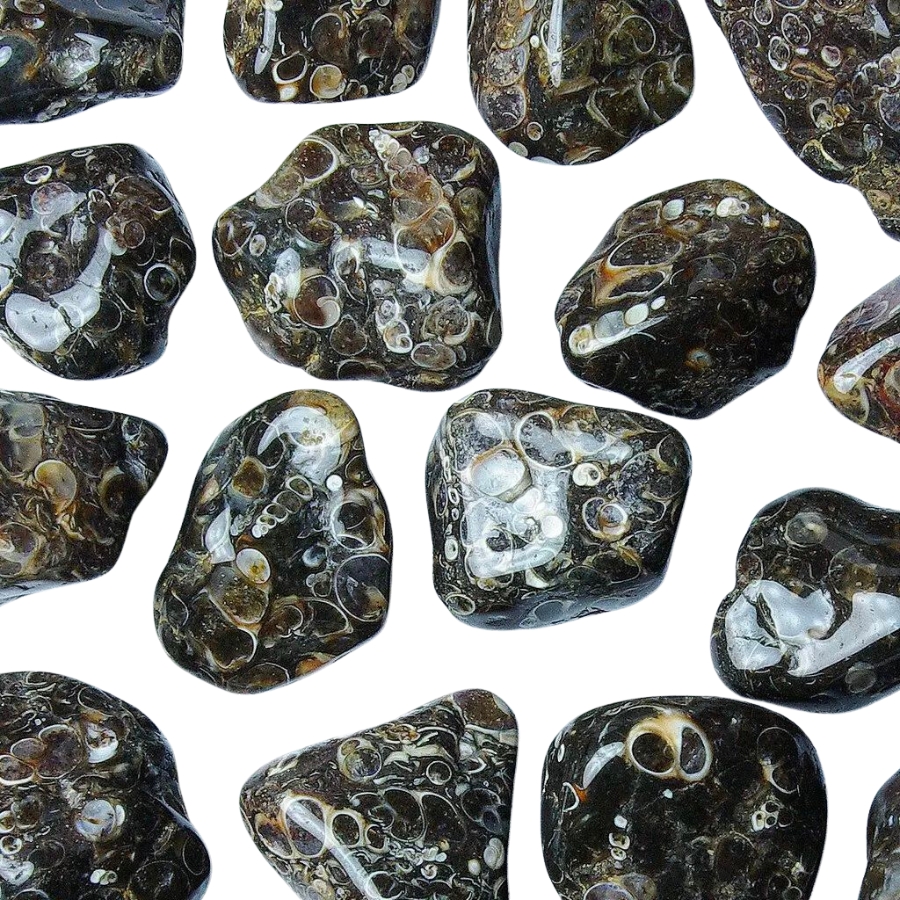
Turritella agate is not your typical agate because it’s full of fossilized snail shells! The shells belong to a creature called Turritella, a type of sea snail.
These shells are tightly packed and create a pattern that looks like a bunch of tiny, swirling towers. The background of the agate is usually a dark, earthy color, which makes the white or cream-colored snail shells really pop.
Over millions of years, these snail shells got buried in sediment and eventually became fossilized. As time went on, silica-rich water flowed through the sediment, turning it into the agate we see today.
The value of turritella agate comes from its unique blend of geology and history. More than a pretty stone, it’s a piece of ancient life preserved in rock.
Fairburn Agate
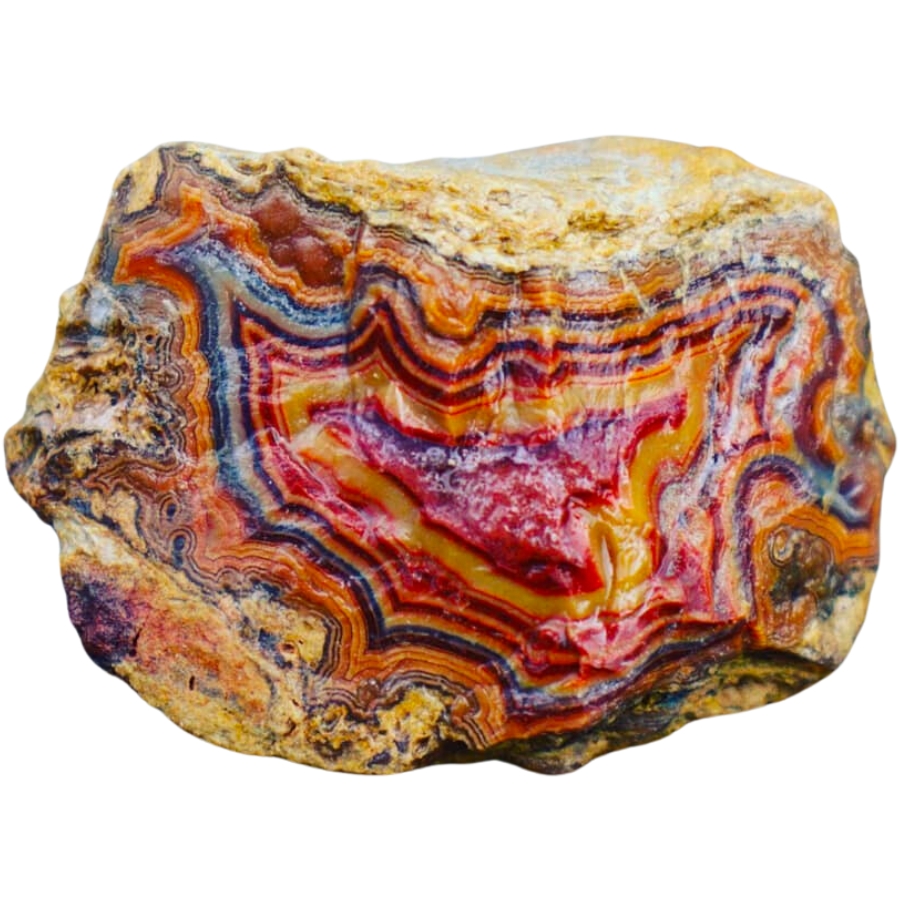
Known for its intricate patterns and bold colors, Fairburn agate is another fascinating type of agate. It usually has bands and swirls of different colors like red, yellow, orange, brown, and sometimes even pink or purple.
What’s special about these patterns is they often look like they’re in layers, creating a 3D effect. It’s like looking at a landscape made of stone.
It’s named after a place called Fairburn in South Dakota. This gives a clue about where it was first discovered.
People value Fairburn agate for the skill it takes to cut and polish it, which makes the patterns and colors really stand out.
Sagenite Agate
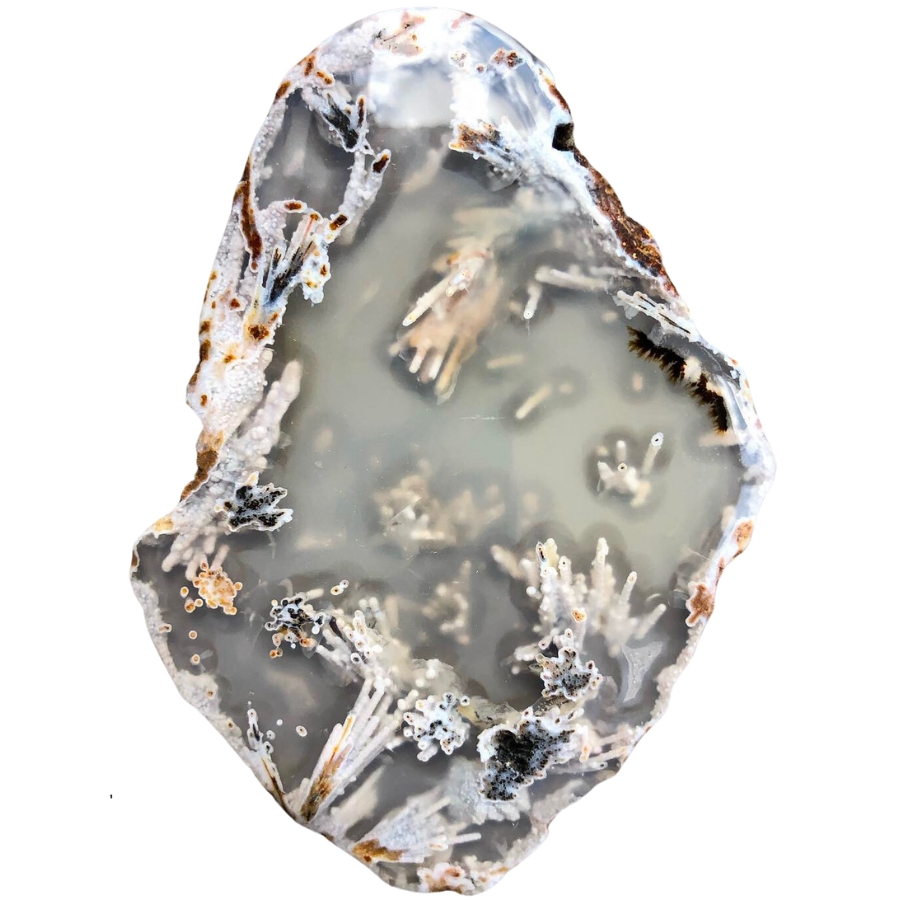
Sagenite agate has needle-like inclusions that look like tiny sprays of crystals inside it. They can be gold, silver, black, or even green, and they spread out in all directions, creating an amazing pattern.
The base of the agate is usually translucent, which lets you see these intricate needle patterns clearly.
These patterns are actually other minerals, like rutile or goethite, that get trapped inside the forming agate. These minerals grow in a crystal shape, looking like needles or hair.
Sagenite agate is often used in jewelry and other decorative items, with some people thinking that its needle patterns look like fireworks or starbursts.
Tree Agate

Tree agate, as its name suggests, looks like it’s got tiny trees or branches inside it. These tree-like patterns are usually green and spread out against a white or light gray background.
The green patterns aren’t actual trees, though. They’re made of minerals like chlorite or manganese.
Each piece of tree agate is different. You won’t find two that are exactly the same. It’s valued for its looks and it’s often used in jewelry and decorations.
The key factors in our recommendations are:
- The deep experience and understanding of our team about the area
- Recommendations from local groups and clubs
- How easy it is to get the a particular location
- Safety and potential hazards when collecting
- Weighing private and public locations
- The ability for both experienced and novice agate enthusiasts to find great samples
With these factors in mind we’ve been able to put together a fantastic list that just about anyone can use!
Kids. Beginners. Pros. Doesn’t matter. This book has become the go-to because it works for everyone.
Magy put it bluntly: “Identify rocks, crystals and minerals is so easy now!”
That’s not by accident, the photos are crisp, the callouts are simple, and the design is rugged enough to throw in a backpack without worrying. Whether it’s your first geode or your hundredth, this guide keeps the fun part simple: finding more treasures.
The Best Spots To Find Agates in Arizona
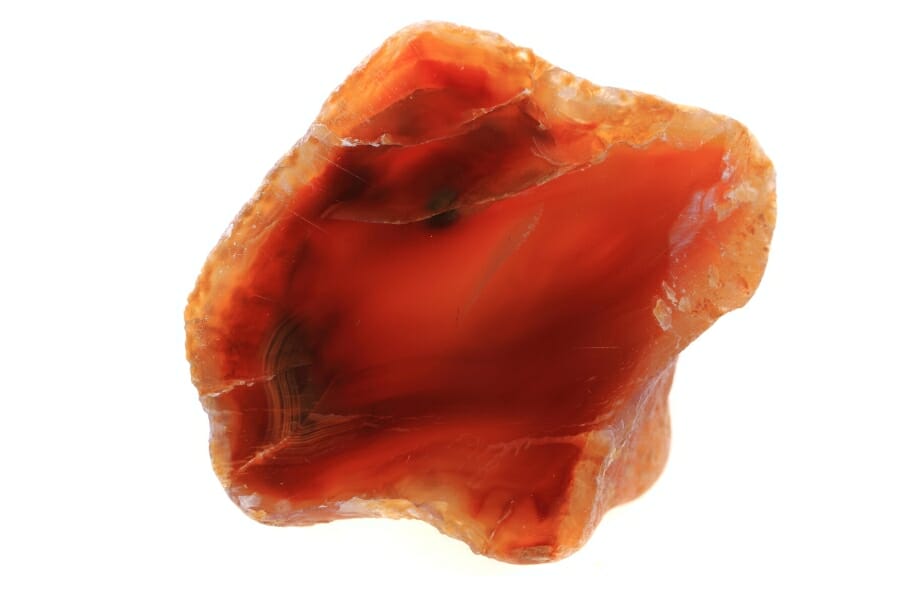
Here are some places in the state where you can find agates. Even though there are many great locations to find gems in Arizona, not all can have agates.
Always Confirm Access and Collection Rules!
Before heading out to any of the locations on our list you need to confirm access requirements and collection rules for both public and private locations directly with the location. We haven’t personally verified every location and the access requirements and collection rules often change without notice.
Many of the locations we mention will not allow collecting but are still great places for those who love to find beautiful rocks and minerals in the wild without keeping them. We also can’t guarantee you will find anything in these locations since they are constantly changing.
Always get updated information directly from the source ahead of time to ensure responsible rockhounding. If you want even more current options it’s always a good idea to contact local rock and mineral clubs and groups
Agua Fria River
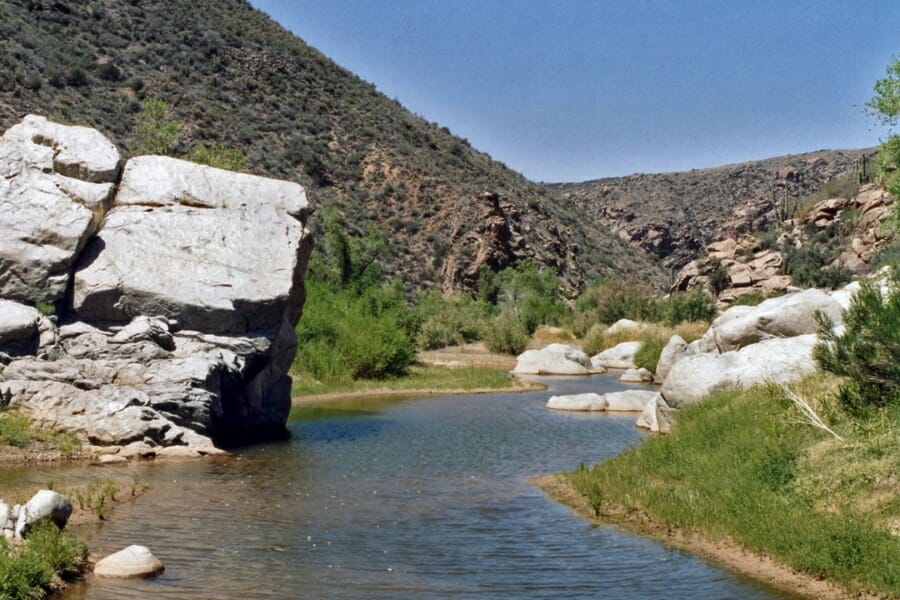
The Agua Fria River flows through diverse landscapes, including scenic canyons, desert terrain, and volcanic rock formations, creating an ideal environment for the creation and deposition of agate.
The Agua Fria River’s ancient volcanic activity has resulted in basalt and rhyolite rocks, which are known to host agate deposits. These rocks, formed from volcanic lava and ash, contain voids and cavities that are perfect for the crystallization of agate over time.
Its proximity to Phoenix and the surrounding metropolitan areas provides easy accessibility, allowing agate hunters to embark on day trips or weekend excursions.
Before you bring your agate crystals home from Arizona, know the most updated rules about collecting there.
Where we found agates in Agua Fria River
Agates can be found along the Agua Fria River in Arizona in various locations where suitable geological conditions exist. When searching for agates along the river, focusing on areas with exposed bedrock, gravel bars, and eroded banks is beneficial.
Apache National Forest
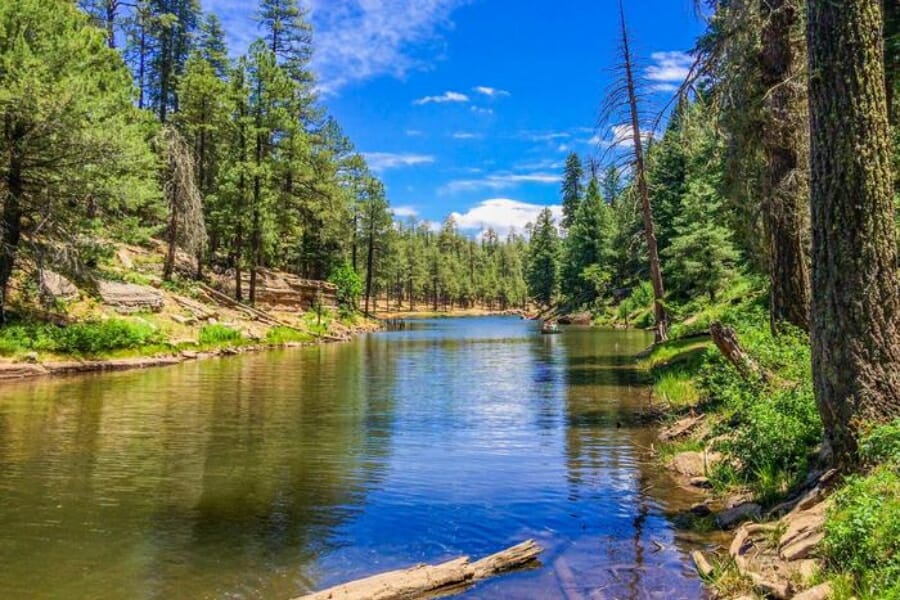
Spanning over two million acres, the Apache National Forest encompasses diverse landscapes, including mountains, canyons, and high desert terrain, which provide a conducive environment for forming and occurring agates.
The vastness and varied topography of the Apache National Forest make it an appealing destination for agate enthusiasts. Its remote and less populated areas offer opportunities for solitude and uninterrupted exploration.
Where we found agates in the Apache National Forest
The Apache National Forest has numerous potential locations to search for agates. The forest is known for its volcanic rock formations, such as basalt and rhyolite, which serve as hosts for agate formation.
Ash Spring Canyon
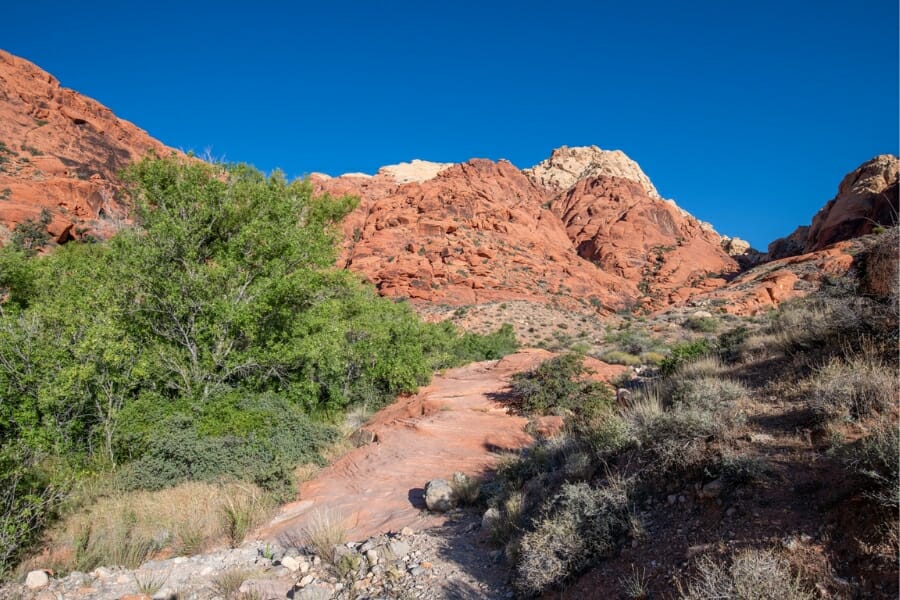
Ash Spring Canyon is renowned for its potential to yield a variety of agates. The geological formations present in the area, including volcanic rocks and sedimentary deposits, provide an ideal environment for the formation and occurrence of agates.
The erosive action of the canyon and the unique combination of geological forces have exposed layers of rocks that could contain agate. The canyon’s beauty adds to the overall experience, making it an immersive and exciting place for people who like agates.
Where we found agates in the Ash Springs Canyon
You can find beautiful agates in Ash Spring Canyon by looking in creek beds, gravel bars, and on the faces of bare rocks.
Cabeza Prieta Mountains
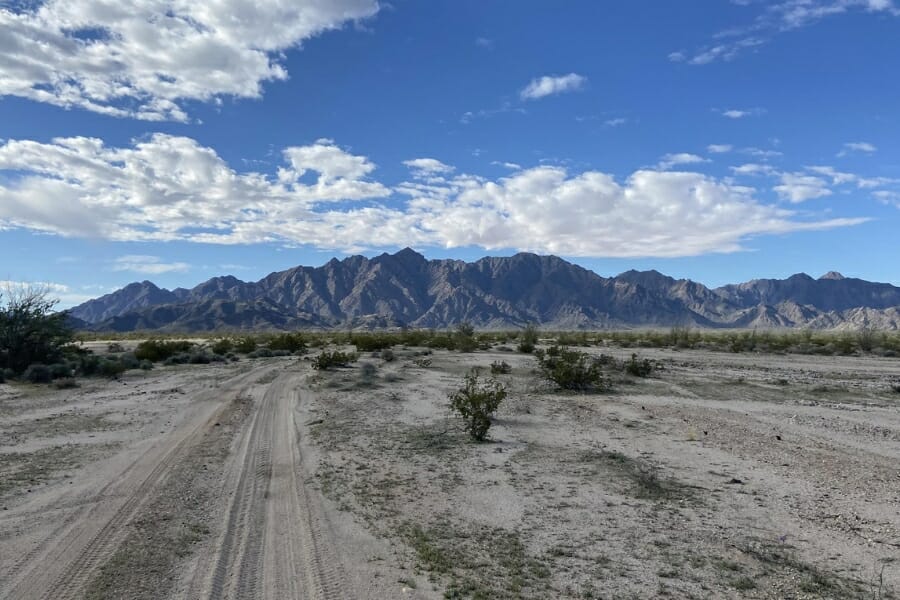
The Cabeza Prieta Mountains feature a combination of volcanic rocks, sedimentary layers, and metamorphic formations, offering a rich and varied environment to explore.
There are volcanic rocks, sedimentary layers, and metamorphic formations in the Cabeza Prieta Mountains, offering a rich and varied environment to explore. In addition to volcanic rocks, the mountains’ diverse geology includes sedimentary layers that can provide unique agate formations.
Where we found agates in Cabeza Prieta Mountains
Exploring the mountainous terrain, canyons, and washes within the Cabeza Prieta Mountains can unveil hidden treasures, where agates may be found in various colors, patterns, and formations.
Echo Cliffs
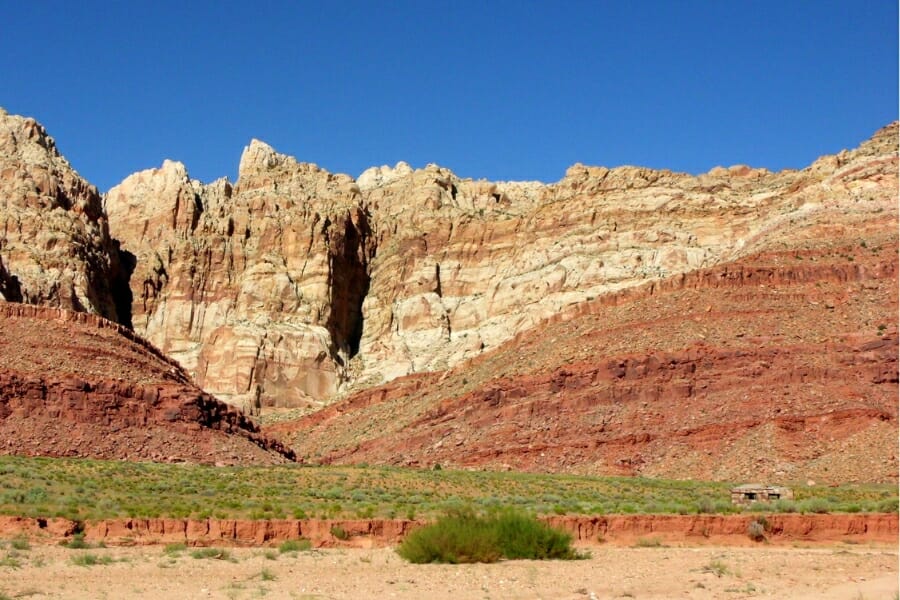
The diverse rock formations within Echo Cliffs contribute to the potential for discovering a variety of agate specimens. The cliffs consist of layered sedimentary rocks, such as sandstone and shale, which can harbor agate deposits. Agates found in these formations often display intricate banding patterns and vibrant colors.
Volcanic activity in the area led to the formation of rocks that hold agates. This makes it possible to find unique agates made by interacting with different volcanic processes.
Where we found agates in Echo Cliffs
One potential location for finding agates in Echo Cliffs is along the cliffs’ base. Erosion and weathering processes expose layers of sedimentary rocks, providing opportunities for agates to be revealed.
Other Great Places To Find Agates in Arizona
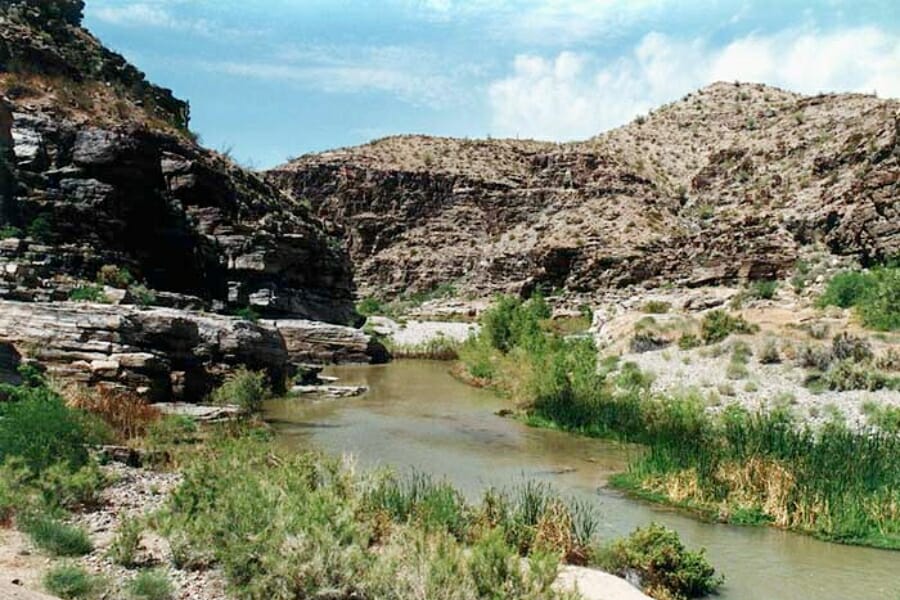
We’ll give you more ideas after we’ve mentioned the best places to look for agates in Michigan. To make things easier, we put them in order by county.
Our recommendations by county
| County | Location |
| Gila | Cypress Thicket |
| Gila | Roosevelt Reservoir |
| Gila | Coolidge Dam |
| Graham | Black Rock |
| Graham | Copper Reef Mountain |
| Greenlee | Ash Spring Mountain |
| Greenlee | Peloncillo Mountain |
| Greenlee | Ward Canyon |
| Greenlee | Limestone Canyon |
| Greenlee | Crystal Mountain |
| Greenlee | Sunset Peak |
| Greenlee | Mulligan Peak |
| Greenlee | Brister Willow Springs |
| Maricopa | Saddle Mountain |
| Maricopa | Cave Creek |
| Maricopa | Castle Hot Springs |
| Maricopa | Champie Ranch |
| Maricopa | Eagle Trail Mountains |
| Mohave | Mississippi Wash |
| Mohave | Lake Meade |
| Mohave | Meadow Creek Pass |
| Mohave | Sitgreaves Pass |
| Mohave | Black Mountain |
| Pinal | Martinez Canyon |
| Yavapai | Cathedral Cave |
| Yavapai | Santa Maria River |
| Yavapai | Date Creek |
| Yavapai | Burro Creek |
| Yavapai | Sycamore Canyon |
Additional areas you can find agates
We want to ensure your search works because Arizona is a big state. You need to look in these places where agates are often found.
Fresh rock exposures
Fresh rock exposures are very popular with agate collectors because they are more likely to find clean and colorful specimens. When new parts of the rock are exposed, either by natural geological processes or human actions, it allows people to find agate formations that haven’t been worn away.
One advantage of fresh rock exposures is that they offer a higher probability of finding agates with well-defined banding patterns and vivid colors. The natural erosion and weathering over time can degrade agate specimens, making the banding less distinct and the colors less vibrant.
Rivers and riverbanks
Rivers and riverbanks are favored locations for agate collectors due to the unique processes within these dynamic environments. Agates are often found in riverbeds because the constant flow of water acts as a natural polisher, removing the outer layers of rocks and exposing the gemstones within.
Water movement in rivers also plays a crucial role in the concentration and distribution of agates. More durable than surrounding rocks, agates can resist erosion and remain in the riverbed as other materials are washed away.
Streams and creeks
Streams and creeks are highly favorable locations for agate collectors due to their unique geological processes and constant water flow. The continuous water movement in these watercourses is a natural sorter, carrying away lighter materials and leaving behind heavier agate specimens.
The erosion caused by the water flow exposes new sections of the streambed, unveiling hidden agate deposits. Over time, the action of water breaks down rocks and sediments, gradually revealing agates that were once embedded within.
Common Agate-Hunting Questions

People often ask the following questions about agates in Arizona, and it’s essential to know the answers.
Is it illegal to collect agate in Arizona?
You can collect agates in Arizona as long as you do so legally. When you’re in a public place, it would be best if you follow the rules. Make sure you have permission before going onto private land.
The Best Places To Buy Agates In Arizona

Not everyone likes spending all day outside looking for agates. Sometimes, you only need a display or another beautiful agate piece to complete your collection. Here’s where you can buy agate crystals in Arizona.
- Arizona Gems and Minerals – 6370 E State Rte 69, Prescott Valley, AZ 86314
- Celestial Moon – 6555 E Southern Ave Suite 1006, Mesa, AZ 85206
- Miners Rock Shop – 1103 W Fairmont Dr, Tempe, AZ 85282
- Soul Stone Vibrations – 2055 W State Rte 89A Suite C, Sedona, AZ 86336
- Sweet Medicine Shop – 6990 E Shea Blvd #217, Scottsdale, AZ 85254
If you have any recommendations for our list please leave a comment below!


